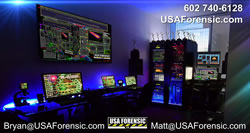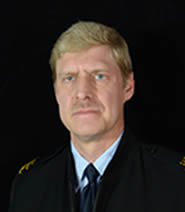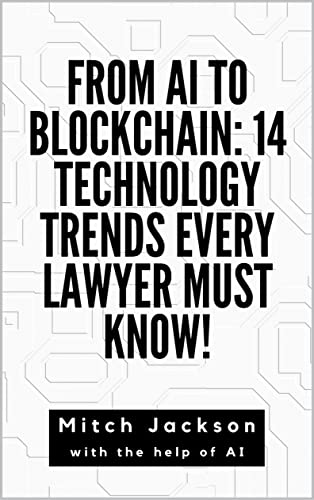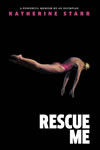Business consultants
Video Recording and Authentication Consultants: 3
Audio Video Forensics Consultant Bryan Neumeister
Bryan Neumeister
Certified Audio & Video Forensic Expert
44 W. Monroe Street
Shite # 3302
Phoenix AZ
85003
USA
phone: 602-740-6128
fax: 623-465-0494

Audio Video Forensic Consultant Durand Begault
Dr. Durand R. Begault, PhD
AFC Director
130 Sutter Street, Floor 5
San Francisco CA
94104
USA
phone: 415-397-0442
fax: 415-397-0454
Analysis Audio Video Voice Image Forensics Consultant
Jonathan Broyles
Sr. Forensic Examiner
18695 Pony Express Drive #490
Parker (Denver Metro Area) CO
80138
USA, International
phone: 303-805-5301
fax: 303-841-7386

Featured resources
by Mitch Jackson
by Belinda Puetz, Linda J. Shinn
by Katherine Starr
Follow us









